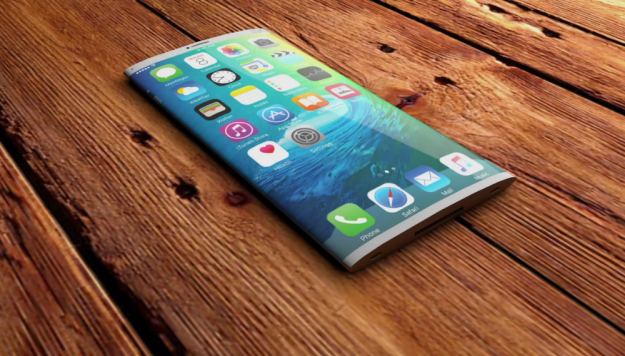Plenty of people are complaining about Apple’s rumored decision to remove the headphone jack from the iPhone 7 even before the device is announced. And there’s no question at all that the complaining will continue after the new iPhones debut next week. But the move makes perfect sense to anyone who has been following Apple’s iPhone closely. Now, a new Apple innovation further reinforces the idea that we should be extremely excited to see the 3.5mm headphone jack go away.
DON’T MISS: The latest evidence of a 256GB iPhone 7 comes directly from Apple
New technology described in an Apple patent application that the U.S. Patent and Trademark Office published on Tuesday would allow Apple to create touch-sensing display surfaces using Liquidmetal technology. How is that even remotely interesting beyond the fact that it contains the word “Liquidmetal”? And how is it related to the headphone jack?
Well, think about everything you may have heard about Apple’s future iPhone. It’s supposed to offer a curved edge display next year and possibly a wraparound screen in the future. The iPhone of the future will also lack physical buttons, including the home button, whose functionality will be handled by 3D Touch.
That means you could have a big-screen, bezel-free iPhone with curved edges and a touch-friendly back. Removing the headphone jack not only frees up space inside the phone for extra components and a bigger battery, but it also eliminates a point of entry for water. More importantly, it lets Apple increase the screen size without making the phone bigger.
It’s only a matter of time before battery charging will go wireless in iPhones as well, and when it does, Apple’s iPhone might not have any physical ports at all. Then we’d have the perfect iPhone. With no buttons and no ports, the phone would feature an amazing design.
The new patent at hand, first discovered by Apple Insider, doesn’t paint a picture of this future iPhone. But it offers one of the building blocks Apple needs to achieve it. Apple explains that the technology could become “a part of the touch sensing system that senses one or more touches on or near the display.”
“The present embodiments combine a number of unique features that allow for new applications not before possible,” Apple explains. “Because the touch sensor has very low power requirements, it is beneficial for use in battery operated or low power applications such as laptop, portable computers, and PDAs.” And yes, the iPhone, iPad, and
Just like any other Apple patent, this Liquidmetal innovation might not be found in commercial products anytime soon. But it certainly is an exciting invention, especially if you consider everything else Apple is rumored to be planning for future iPhone models.








